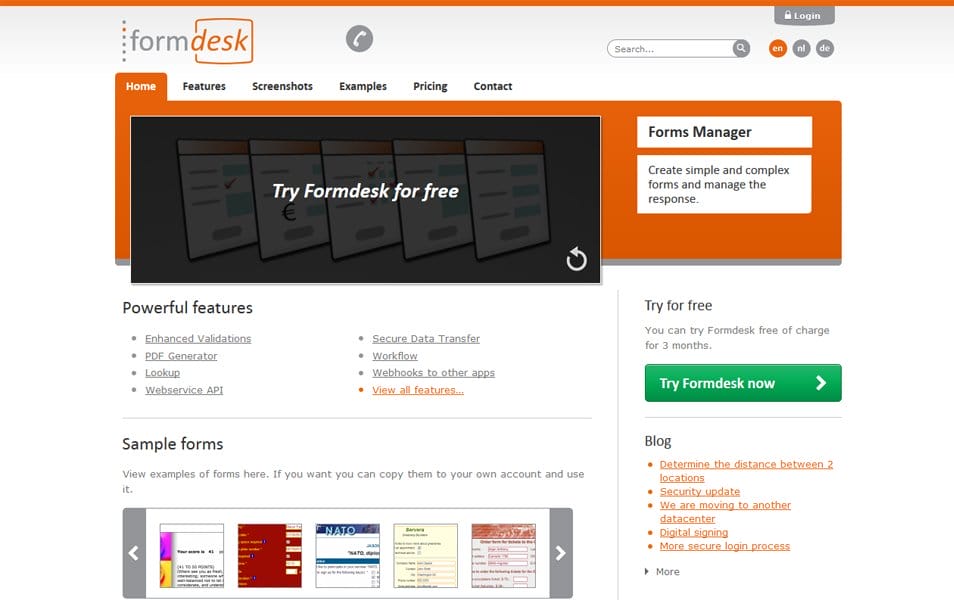

- #Web form builder and reporting software how to#
- #Web form builder and reporting software software#
- #Web form builder and reporting software windows#
If the nodemanager.properties file is not present, continue installing Oracle Forms and Reports. If it is running, end the process.ĭetermine if the nodemanager.properties file is present in the WebLogic_Home \common\nodemanager directory.

Verify the Oracle WebLogic Server Node Manager utility is stopped.
#Web form builder and reporting software windows#
If you are installing Oracle Forms and Reports on a Microsoft Windows operating system, you must ensure that the Node Manager utility that was installed with Oracle WebLogic Server is stopped before you begin the installation: Stopping Node Manager Before Installing Oracle Forms and Reports (Windows Only) This gives the user the proper permissions required to start and stop processes after the installation, including the Builders. On Windows operating systems, the user must be a member of the Windows "Admin" group. Refer to your UNIX operating system Administrator's Guide or contact your operating system vendor if you need further assistance. If other user require access to particular files or executables, the UNIX sudo command (or other similar command) should be considered in lieu of changing file permissions. Therefore, making such a change is not recommended. The file permissions associated with this installation are configured to ensure the highest level of security possible, which by default are 700 (meaning all files are owned and accessible by the owner only).Ĭhanging the default permissions settings will reduce the security of the installation and possibly your system. On UNIX operating systems, the installation of Fusion Middleware products is owned and controlled as a known user (for example, "oracle").
#Web form builder and reporting software how to#
To learn how to install and run multiple Fusion Middleware products from the same release or mixed releases with each other, see Oracle Fusion Middleware 12c Interoperability and Compatibility in Understanding Interoperability and Compatibility. Verifying interoperability among multiple products Therefore, the system requirement documents are kept outside of the documentation libraries and are available on Oracle Technology Network. System requirements can change in the future. These include disk space, available memory, specific platform packages and patches, and other operating system-specific requirements. For example, if the certification document indicates that your product is certified for installation on 64-Bit Oracle Linux 6.5, use this document to verify that your system meets the required minimum specifications. Oracle recommends that you use the Oracle Fusion Middleware System Requirements and Specifications document to verify that the certification requirements are met.

Using the system requirements document to verify certification Therefore, the certification documents are kept outside the documentation libraries and are available on Oracle Technology Network. New certifications can be released at any time. Whenever new certifications are released, they are added to the certification document right away. Oracle has tested and verified the performance of your product on all certified systems and environments. See the certification document for your release on the Oracle Fusion Middleware Supported System Configurations page.
#Web form builder and reporting software software#
Make sure that you install your product on a supported hardware and software configuration. Verifying that your environment meets certification requirements

Oracle recommends that you use the certification matrix and system requirements documents with each other to verify that your environment meets the requirements for installation.


 0 kommentar(er)
0 kommentar(er)
